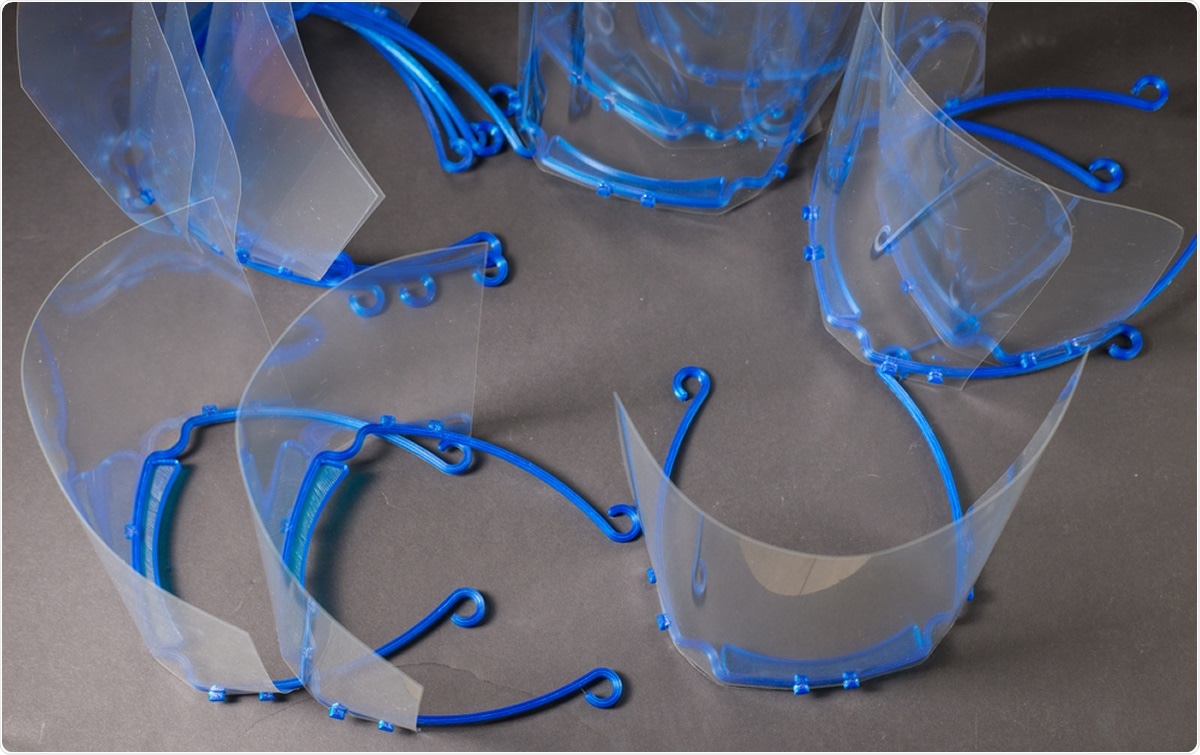The pandemic of coronavirus disease 2019 (COVID-19), which is caused by the severe acute respiratory syndrome coronavirus 2 (SARS-CoV-2) transmitted via human to human, has resulted in the ongoing global health and economic crisis.
Despite the introduction of several vaccines (with varying success among different countries), our lives may still be revolving around other preventative measures for years to come. Although healthcare providers are on the front lines, scientists and engineers have their role in exploring better treatments, diagnostic approaches, and safety protocols.
In this unprecedented race against time, materials science can definitely be considered one of the fields contributing substantially, primarily due to a significant cumulative knowledge that can be swiftly translated to the clinical milieu.
Hence, as the Editors of the Springer journal Emergent Materials, Dr. Yalcin and Dr. Kaushik aimed to put forth a representative assembly of reviews and original studies that cover and highlight all relevant themes in the field of materials science – such as biosensors, nanomedicine, and nanoparticles, personal protective equipment, medical devices, additive manufacturing and biomaterials.
Smart masks and deactivating surfaces
One notable example is the study that highlights the importance of blending new biomaterials within “smart” face masks to prevent the transmission and subsequent enhancement of antiviral activity, where environmentally acceptable material usage in order to minimize the long-lasting effect on the environment is also accentuated. This was done with the use of computer-aided design tools and computational fluid dynamics.
Furthermore, antimicrobial surfaces can potentially halt the spread of SARS-CoV-2 and other viral infections. A study that is also included in this special issue highlights gold hard anodized (GHA) materials with antimicrobial surface traits, but also with enhanced tribological and mechanical properties suitable for various biomedical applications.
Likewise, conducting polymers with antiviral/antimicrobial properties can be introduced in personal protective equipment (most notably gloves, coverall suits and face shields) for frontline health workers in order to ward off not only COVID-19, but also bacterial infections that are pervasive in hospital settings.
The potential of using 3D printing in applications relevant to the COVID-19 pandemic has also been highlighted, such as printing personal protective equipment, swabs, but also whole isolation wards. This may be a part of additive manufacturing to tackle the growing demand for supplies.

3D printed face shields. Image Credit: PN Photography / Shutterstock
Speeding up the detection of SARS-CoV-2
This pandemic reminded us once again of the importance of testing that enables rapid and direct detection of respiratory viruses. On top of that, polymerase chain reaction (PCR) tests require well-trained personnel and expensive equipment, and this can also be extended to instances when cell culture is used.
On the other hand, microfluidic technologies may open the door for precise detection of respiratory tract viruses, which is why several papers have been included in this special issue that delineates novel biosensor technologies for improved diagnostics of SARS-COV-2.
For example, one paper elegantly explains the use of different nanomaterials in diagnostic microfluidic platforms for COVID-19, while another describes in-depth how high-affinity biosensors could be developed with quantum dots for SARS-CoV-2 detection.
Moreover, electrochemical, plasmonic, and magnetic biosensors that focus on SARS-COV-2 protein detection are also highlighted, and one study goes into extraordinary depth when describing biosensing for microfluidic platforms for viral diagnostics.
“We strongly believe that this issue will serve as a best platform of knowledge transfer and help the multidisciplinary community to identify a key direction for the science and technology towards advanced emergent materials applications to fight the SARS-COV-2 and relevant complications”, conclude the authors of this Editorial.